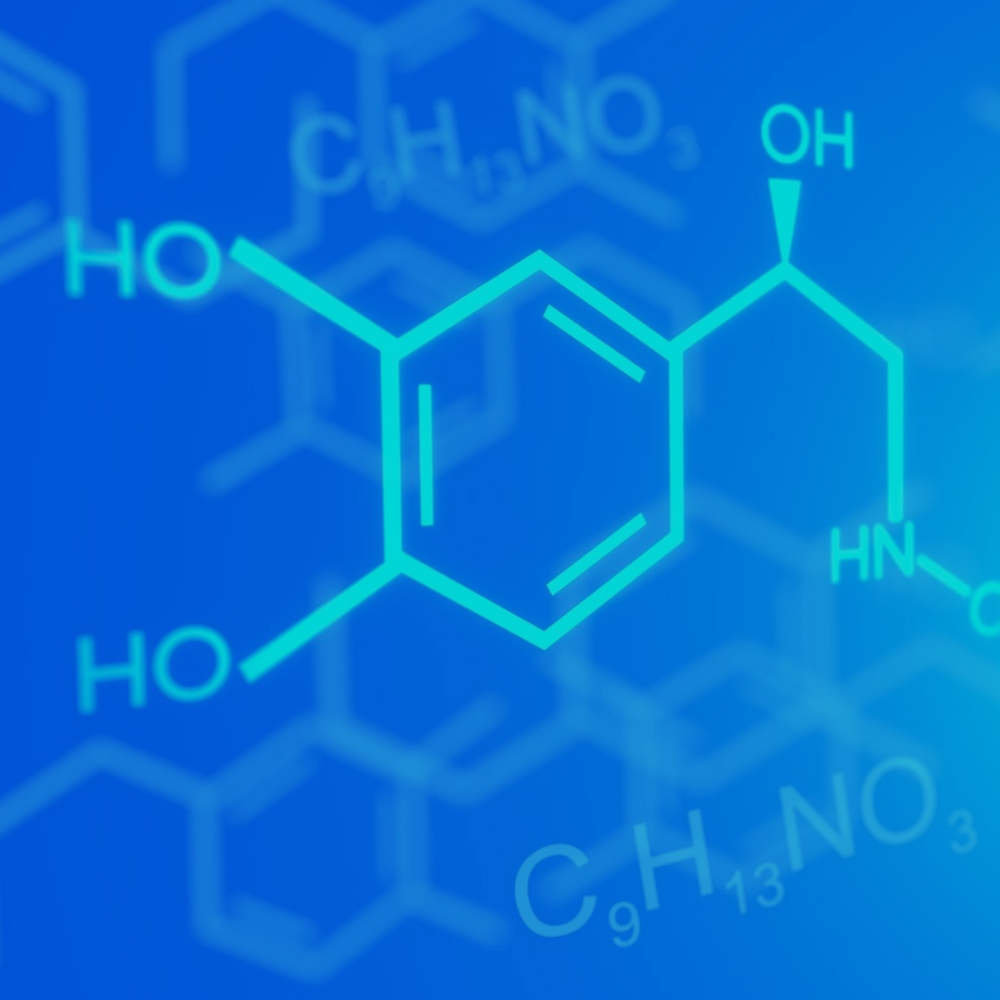

Muhammad Ali Zulfikar
Today residents living in lowland areas such as eastern Sumatra and Kalimantan face difficulties in obtaining clean water for household needs, especially for drinking water purposes. This is because the surface water source in the area is peat water, which based on quality standard parameters does not meet the requirements of drinking water quality. Peat water contains humus acid consisting of humic acid, fulvat and humin acids. The existence of humus acid in water causes brown water, smells and is carcinogenic. Therefore the separation and removal of humus acid from peat water is very important to do. At present there are several methods used for separation and removal of humus acid from peat water, including coagulation-flocculation, electro-coagulation, oxidation, adsorption, membrane and biofiltration technology. Most of the peat processing method requires chemicals, less efficient in the process and is expensive so it is not economical. Other methods that are most widely used today are adsorption using activated carbon, because it has a pleasure compared to the previous method. However, this method also has weaknesses, such as its expensive production costs, difficult and inefficient. Based on the above considerations, a study needs to obtain peat water treatment methods that have better performance, easily regenerate and economical. One approach made for the waste water treatment process is by adsorption techniques using fiber fiber fiber membrane membrane material (FNFM) as its adsorment. The synthesis of the FNFM material was carried out through two stages: first synthesized the supporting materials of Nano Fiber, and the two functions on the nano fiber supporting material to produce FNFM material. The synthesis of Nano Fiber supporters is done using a mixture of polyacrylic acid compounds (PAA), Cetyltrimethyl Ammonium Bromide (CTAB), Tetraethyl Orthosilicate (TEOS) through the reaction of Sol Gel which is then followed by Electro-Spinning (CES) techniques. The FNFM material will be synthesized using activation chemical reaction method and gel sol. Supporting materials Nano Fiber who have been synthesized previously activated with acid and soaked in a 3-mercaptopropyltrimethoxoxoxoxylane (TMPTMS) compound solution and allowed to react and heated at a certain temperature. The resulting FNFM material is then washed and dried. The FNFM material obtained further is characterized using Scanning Electron Microscopy (SEM), transmission electron microscopy (TEM), Fourier Transform Infra Red (FTIR), Differential Scanning Calorimetry (DSC) and N2 Adsorption-Desorption (BET). At the end of this study, new materials will be obtained in the form of functionalized nano fiber membrane (FNFM) as a solid phase material that is ready to be applied to peat treatment. Processing process optimization (Adsorption) is then modeled using Molecular Dynamics (MD) techniques. The target of this research will be developed a more efficient and more economical peat water treatment technique of the existing method. The research that will be carried out is very important to do, given that there is no technique that is truly efficient and more economical in the process of processing peat water. The impact of this study can provide resolving in an effort to subtract a variety of limitations as mentioned above, especially from aspects of efficiency and from the economic aspects, so that it can reduce the cost of the peat water treatment process. This proposed research is one of the research topics of the 7 fields of the focus of ITB research, which is the field of focusing on the superior research technology nano and quantum, with the topic of nanoscience research.